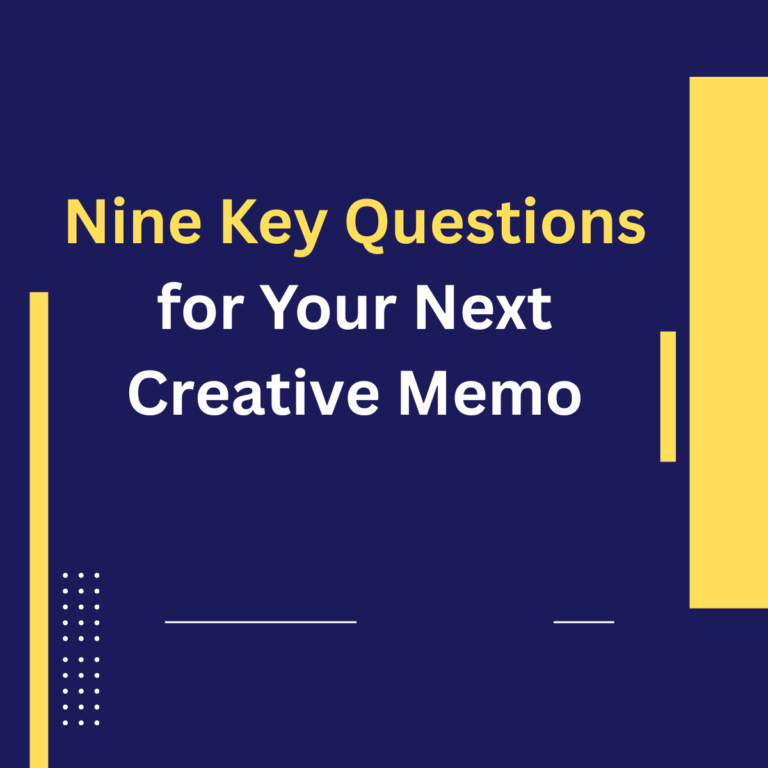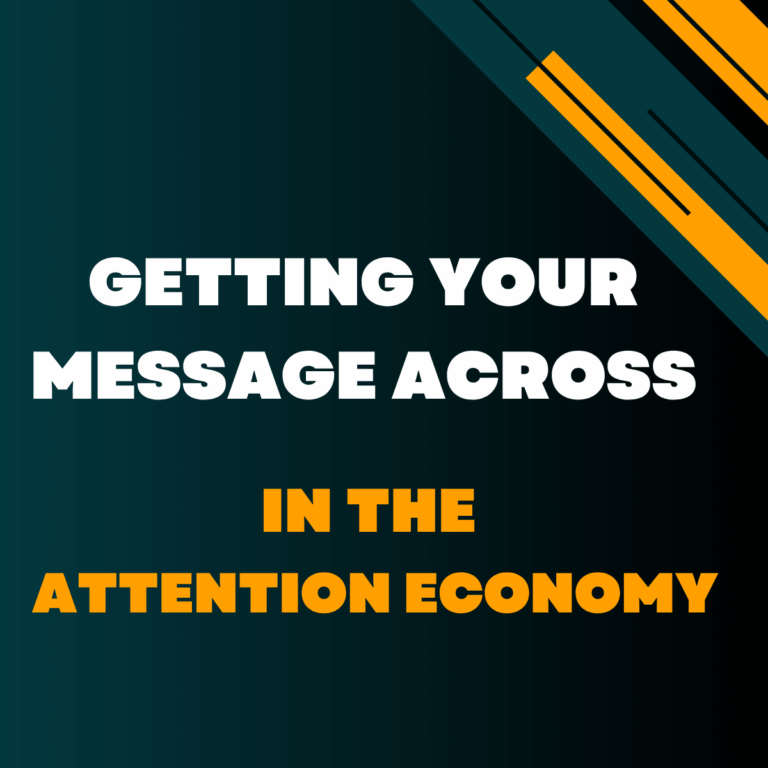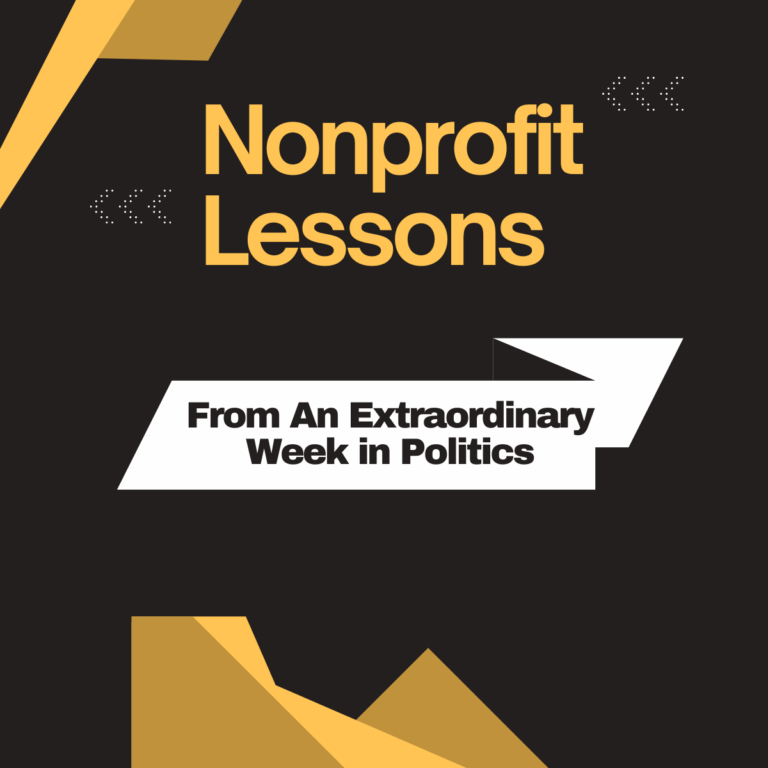It has been a rough, disruptive year for the causes we care about . . .for the people who depend on those causes . . . and for the people who support them. And now as nonprofits prepare for the all-important year-end fundraising period, we are all confronting a big question:

The answer, of course, will vary significantly for different types of organizations. But, in this extraordinary year, there are few groups who can approach year-end conversations without regard to what’s going on all around us.
With that in mind, today’s post is Part One of a two-part series. This memo focuses on year-end messaging guidelines for political and advocacy groups on how to navigate a truly unique and challenging communications climate.
Next Monday’s memo will turn to the year-end efforts of charities and humanitarian groups. Because here is what’s true. The reach and breadth of the Trump assault is drawing many traditionally non-political groups into the fray. And even nonprofits whose work and mission remain untouched by Trump administration activities are communicating to audiences far from immune from this year like no other.


A typical approach to year-end messages is to recap current year achievements, thank our supporters for helping make them possible and then outline upcoming needs and opportunities.
That formula may not fit as well this year. It’s important to acknowledge the year that’s ending and thank people for hanging in there. But given all that’s gone wrong this year, dwelling on it for very long is likely to discourage more than motivate.

I’m recommending that you take into account the year like no other context your audiences aren’t able to ignore. But I’m definitely not suggesting you throw out everything you know about what works at year-end for your group.
It’s not about scrapping everything and starting from scratch. It’s about looking at tried and true messages and tactics and asking “Does this work in the current environment or do I need to revise or tweak it?”

One emotion in play in the political arena is the deep frustration of progressive donors and activists with the Democratic response to Trump. Here’s how I put it last week on my 2026 Path to Persuasion Substack:
“On the legislative front, congressional Democrats seem to be at a loss. Their “business as usual” approach is no match for Trump’s burn it all down strategy. Dem leaders may have been dealt a bad hand, but they’ve also played it very poorly.”
That has two implications for year-end political messaging. On the positive side, sometimes exasperation with Democratic politicians leads people to turn to progressive advocacy groups for energy and leadership.
But anyone writing year-end political messaging needs to also remember this: Your audiences are fed up with people who warn about “an existential threat to democracy” and then pursue run-of-the-mill strategies. Peoples’ antenna will be up for any signs of mumbling.

Political donors have long had November 3, 2026 circled on their calendars. But just pointing forward to the midterms won’t work unless you are laying out specific plans that your organization has a unique ability to pull off.
And whatever you do, don’t make it seem like you are just sitting on your hands until next November. You’ve got to be doing work now that responds to the immediate Trump threat even as it lays the groundwork for the elections.

I’ve noted a troubling dynamic in earlier memos. The far-reaching breadth and alarming speed of the Trump assault has tended to squeeze out sustained focus on any one issue. Everything’s getting reduced down to one generic “stop Trump” conversation.
That makes it hard for groups focused on any one issue – climate change, gun violence, reproductive rights, etc. – to engage people in issue-specific initiatives. But that’s exactly what you need to do. Otherwise, your messages will be lost in a year-end flood of broad anti-Trump diatribes.
Try to find your place in that overall conversation with smart, time-sensitive initiatives specific to Trump’s impact on your issue. And better yet seek out and emphasize responses that only your group is capable of advancing.
And remember, in this environment, the rule is: the more concrete, the better.

There’s a tendency to think of year-end giving as starting with Giving Tuesday and coming to a head in the final two days of the year. That’s valid in terms of income in the door. But it’s not the right timeline on the messaging front.
The reality is groups that spend October and November building messaging momentum do the best at year-end. In communications terms, it’s smart to think
of the last 100 days of the year as a time when it’s especially important for your work to stand out and truly engage people.

I say this often, but it’s worth repeating. When donors are feeling worried and overwhelmed, they don’t need the groups they count on to wallow along with them. They look to you for confidence, clarity and a game plan. Especially this year, you have to acknowledge the seriousness of the challenge. But you then need to quickly express an ability to rise to the occasion.

I hope these ideas and recommendations will be helpful as you work on some of the most important messages you will create this year. Be sure to tune in next week when we tackle messaging in a year like no other from the perspective of charitable and humanitarian groups.









